Reflections of a Writing Teacher (Raising the Bar: Part III)
You may remember a few weeks ago when I shared our polar bear Genius Essays with you. If you missed Parts I and II of this writing series, you can find Part I HERE and Part II HERE to catch up. This third part of my series on Raising the Bar on Writing is more of a reflection and a chance for me to share with you what I have been experimenting with and learning about myself and my students over the past month and a half. It is lengthy, but I hope you can get some good ideas and inspiration from it! 🙂 Stick with me, and I will share with you how my first graders developed these three and four paragraph essays last week:
This writing journey may have started with Whole Brain Teaching, but I must admit it has taken on a life of its own now. Oral writing has definitely set the stage in helping my students learn how to write complete sentences, but recently, I have started to play around with the theory behind oral writing in all aspects of our classroom. What has evolved has been an incredible thing to watch!
Lately, I have been reflecting on all of the other areas in my teaching that relate to writing – specifically, oral language and the importance I place on discussion and conversation within my classroom. With Common Core, new teacher evaluations, additional assessments, and everything else that fills our day, it is easy to rush through our lessons in an attempt to “get everything done” on our agenda. It is also easy to rush through our class discussions and not give enough time to really hear our students, challenge them to think deeper and explain more, and listen to their ideas and thoughts. However, when we do that, we rob our students of the gift of thinking and the ability to formulate clear and concise thoughts that can later turn into a beautiful piece of writing.
In order to communicate and write clearly within the Common Core, our students need to be able to think and compose clear, organized thoughts that are backed up with evidence and explanations. Just because we teach our students how to write a complete sentence, does not mean we can expect them to sit down and write a solid opinion piece with supported reasons. We need to allow our students to think, create, and communicate their thoughts through verbal discussion and conversation. How many of your students read out loud? For many of our children, they have not yet fully developed their “inner thinking” skills. They need to say it aloud! Have you ever been on your way to an interview and rehearsed or formulated aloud in the car what you were planning on saying? I do this each and every time I’m on my way to give a workshop to teachers. It’s how I think through my thoughts to make sure they make sense and are clear. This is an important part of the creative process for our young writers. Give them time to talk. Be there to facilitate and challenge their ideas and thoughts. Push them to explain more. When you do that, you will foster critical thinkers who are clear communicators in both their speech and their writing.
So how was I going to promote this in my own classroom? I started to think about the ways my teachers had fostered my own writing abilities. I came up with two ingredients:
1. Time to Write
2. Conversation and Discussion
My high school English teacher made us write a lot. For half of our class period, she would send us to the computer lab. Sometimes she just said “Write. Write about anything. Just write the whole time.” Other times we would write a reflection to a piece of literature. I remember typing and typing and typing some days. But I also remember being able to whip out a college essay while I was at my university faster and more effectively than any of my college roommates. Time to write is a key ingredient to writing success.
For the second ingredient: conversation and discussion, I’m reminded of my favorite college professor. He challenged me to read books that I would not have ordinarily picked up in a library. Bill Bryson’s I’m a Stranger Here Myself is one such book. After college, I went on to read many other books by this author. I fell in love with it because of the discussions we had in class. This professor discussed new ideas with us that we had not given thought to before. He challenged us to express our opinions and thoughts clearly and concisely. Quite a few times, I remember him saying things such as, “Be more specific,” or “Give me an example.” These are not magical words, yet they helped me to develop my inner thoughts and critical thinking skills. His impact on who I became as a writer is what I hope to give to my students…even if they are only seven years old. 🙂 If he ever reads this, I hope he knows the impact he made on me as a learner. He valued us as young writers and showed us this by taking the time to have true and meaningful conversations with us about our ideas and thoughts. As beginning writers, our elementary students deserve this same respect.
I want to encourage you to slow down in your writing instruction this week. I want to challenge you to let your little ones verbally discuss their ideas before you require them to hit the ground running with their pencil. When their writing does not make sense, ask them to tell you aloud what they want to say. Give them time to talk to one another. In doing so, you will promote their communication skills and vocabulary, which will in turn seep into your students’ writing skills. I promise. 🙂 My students are getting there. 🙂
Here are some recent pictures of our informational penguin essays. I did not guide them through the process as much as I did with their polar bears. Rather, I pretty much helped to facilitate their research skills and then said, “Go! Write!” Take a look. 🙂
We researched three different kinds of penguins. We organized our research through color-coded paper:
Time to write and discuss thoughts and ideas through collaborative, engaging conversation has played a major role in our writing success this year. In a couple weeks, we will move on to an opinion project, and I can’t wait to share it with you! Thank you so much for taking the time to stay with me through this lengthy blog post! 🙂 I hope you and your students have fun writing this week!


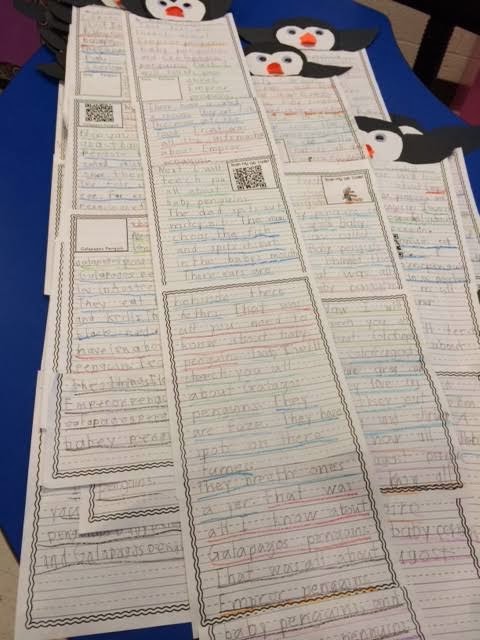
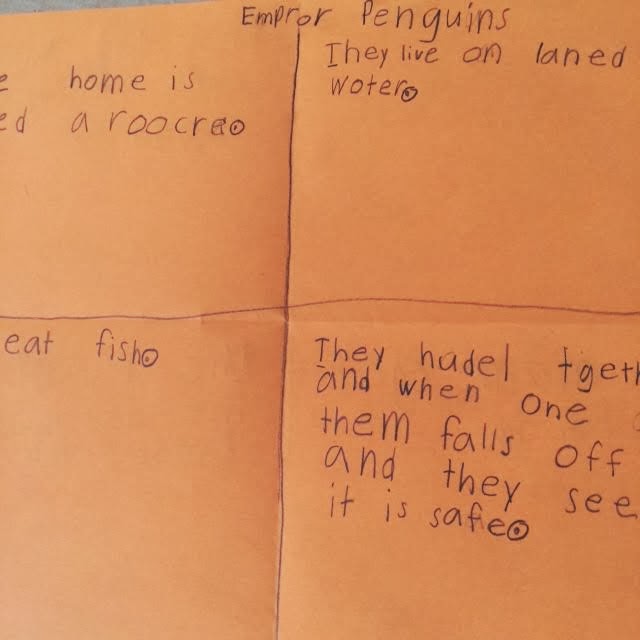
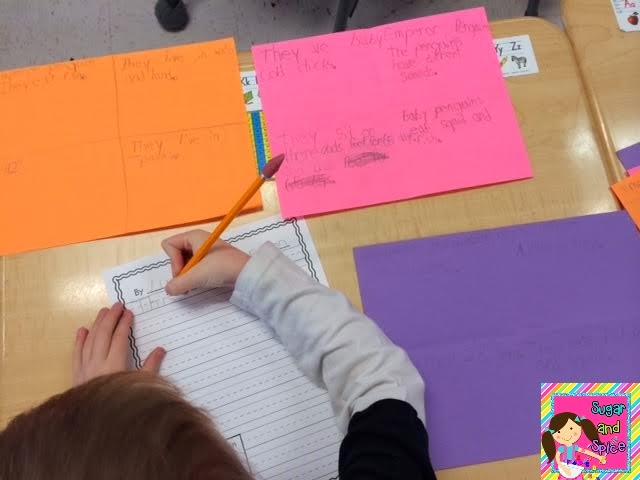
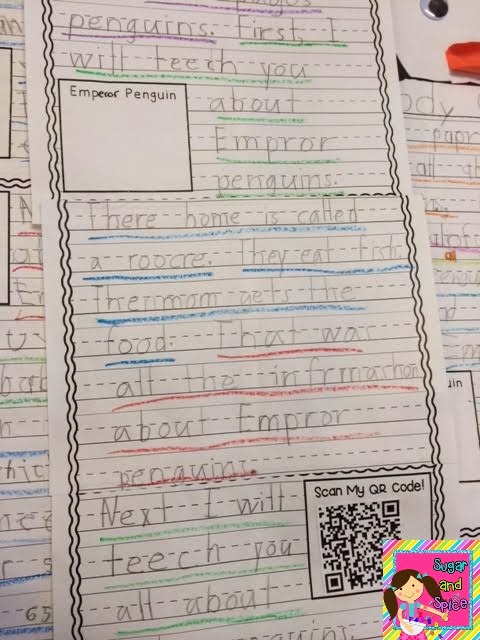
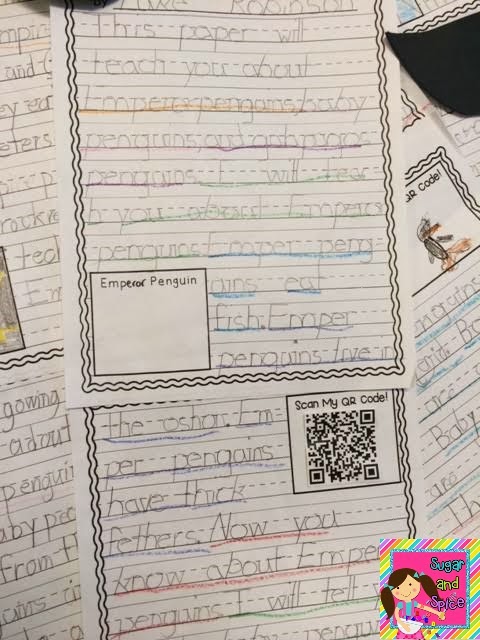
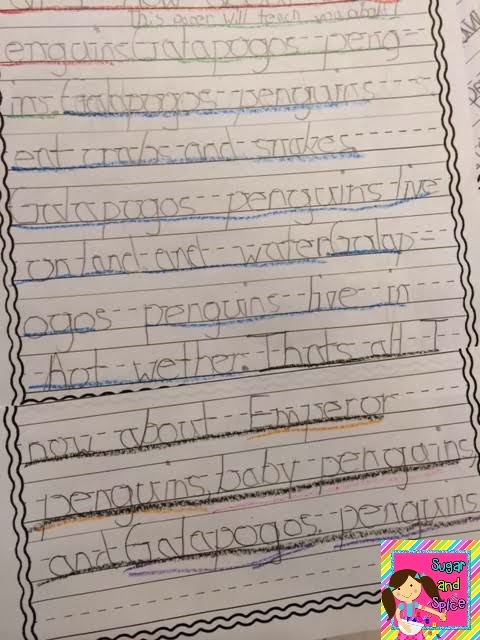
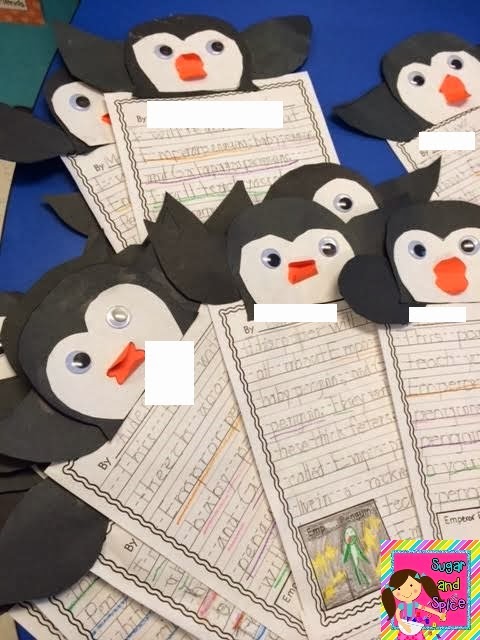
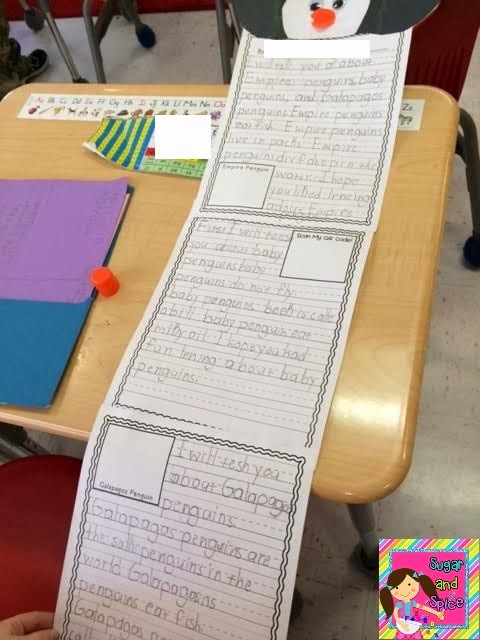
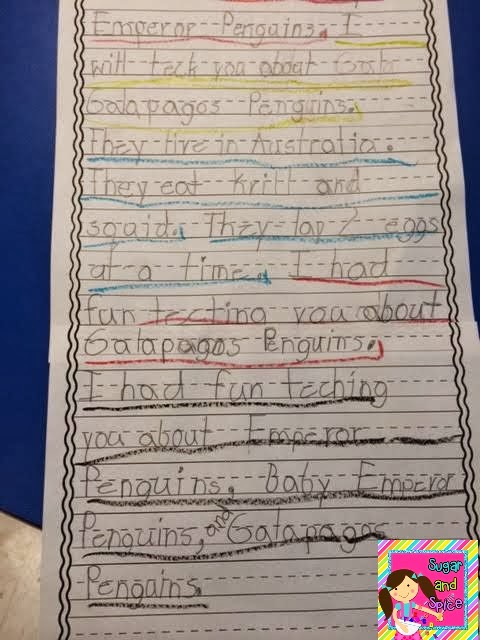
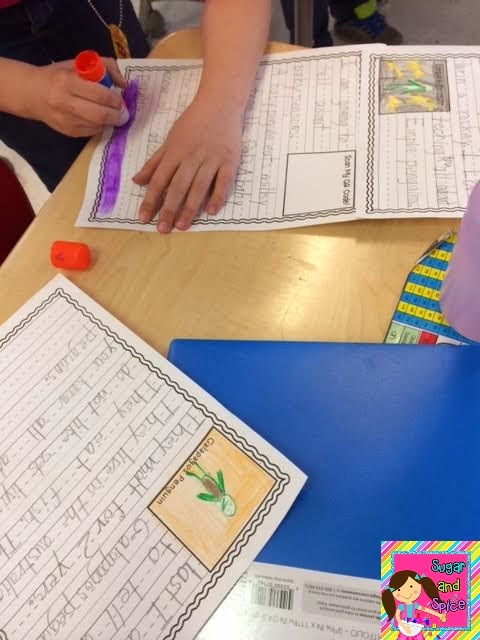
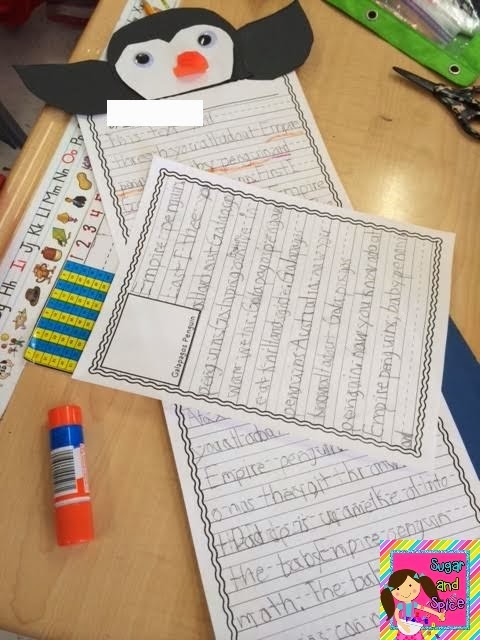
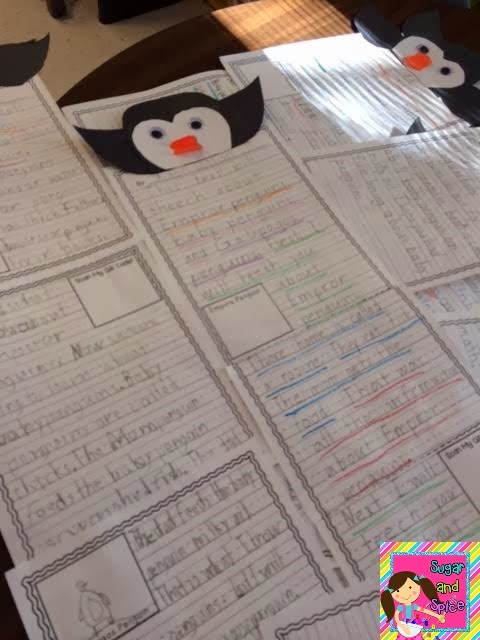
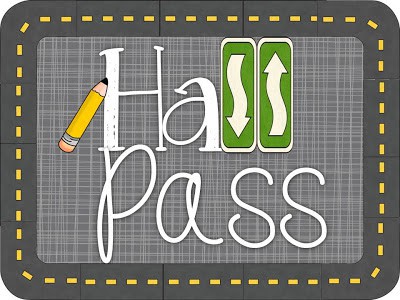
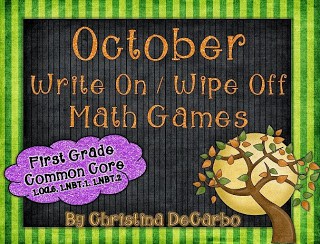
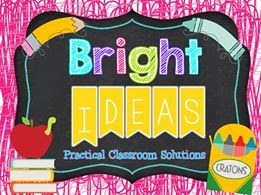
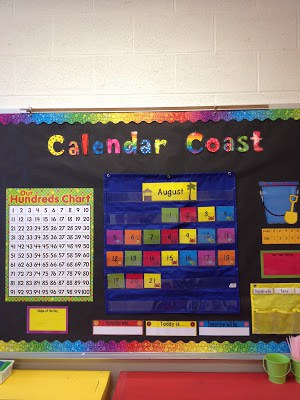
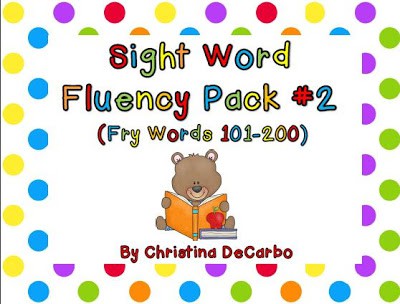
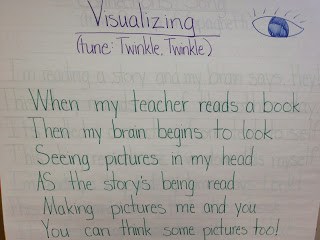
You have totally inspired me… Writing is not my strong area but now I keep trying to find ways to get more in each day!
Chelsea
Kickin It Whole Brain In Texas
Awesome! I work with 2nd graders who have learning disabilities- writing is very difficult and does take a long time. I have a couple who "like" writing, but have a lot of difficulty with spelling- many times when they try to read back to me what was written, they don't even know what they were trying to say. I am usually pretty good with deciphering, but other times, I am at such a loss, so we try to come up with something else. Then I have a couple who would rather do other things than writing (or anything that is "work"/school related) I am going to go back and read parts 1 and 2.
Thank you for teaching teachers and inspiring us! My second grade inclusion class has been researching and writing their penguin reports these past two or three weeks, too!